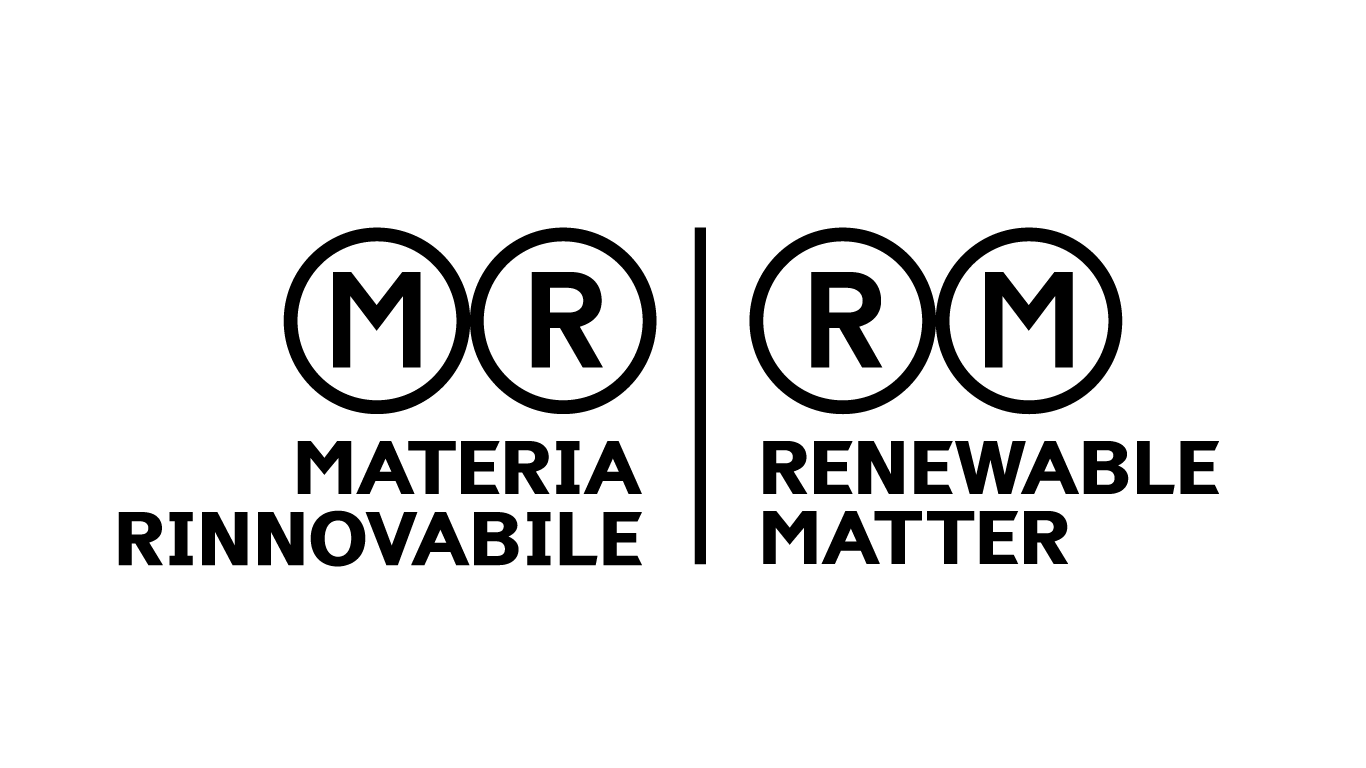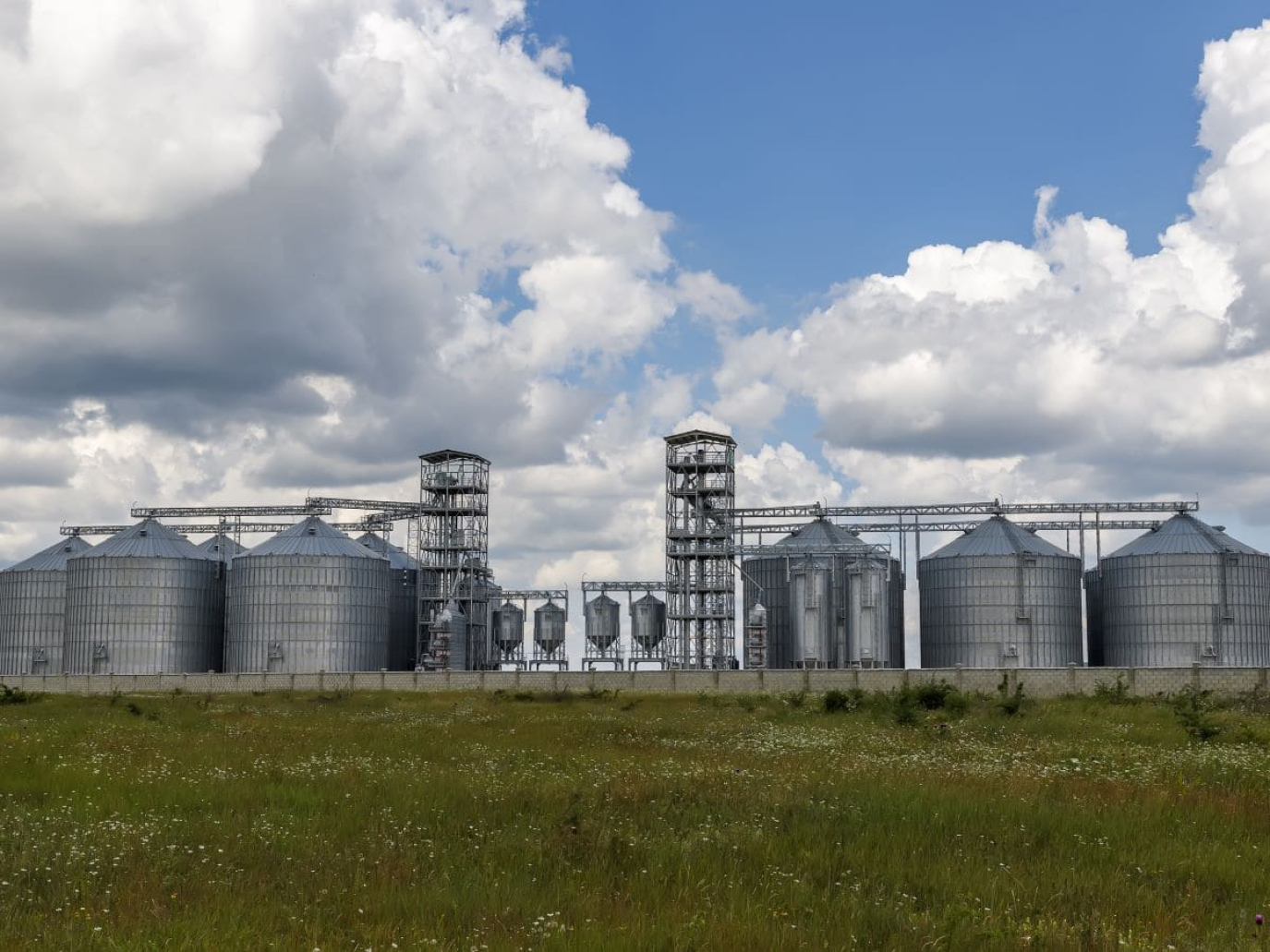
Thirty-five billion cubic metres of biomethane per year by 2030. That is the goal Europe has set with the REPowerEU plan, the major project launched in 2022 to reduce dependence on Russian gas and accelerate the energy transition. It is an ambitious goal: more than ten times the current production, supported by a €37 billion European credit line. But, as is often the case in the race for “climate neutrality”, figures are not enough.
Behind the optimism of the strategies lie doubts, tensions and a fundamental question: how sustainable is the expansion of biomethane truly? The report Biogas Policies in the EU: Levelling up or locking in?, published recently by the NGO Profundo together with the Methane Matters coalition, urges us to look beyond the figures. The document raises two key issues: methane leakage along the production chain and the growing role of large energy groups which are reshaping the European biogas market.
In order to understand our topic, we need to draw a technical but essential distinction. Biogas is produced by the anaerobic fermentation, in the absence of oxygen, of organic materials – agricultural waste, food residues, manure – and contains about 60% methane. It is a “raw” mixture that can be used to produce heat or electricity. Biomethane, on the other hand, is refined biogas: through a process known as upgrading, or purification, carbon dioxide is removed, and the methane content exceeds 90%, making it equivalent to fossil natural gas. It can be injected into the grid or used as fuel. This is the form in which Europe is placing its big stake, but environmental issues arise throughout the supply chain, from the initial biogas to the final product.
The problem with methane leaks
The first issue is an invisible but crucial one: methane leakage. According to the European Commission's Joint Research Centre, around 5% of the methane produced in the biogas and biomethane supply chain is dispersed into the atmosphere. The new report by the International Energy Agency, however, also cited in Profundo's document, reports that during the production phase, leaks could amount to as much as 12%, based on direct measurements in actual plants. Both sources are listed in the report, underlining how the variability of the data reflects not only different measurement methodologies, but also inequalities between modern plants and older or poorly maintained facilities.
Methane is a greenhouse gas eighty times more potent than CO₂ over a twenty-year horizon: even small leaks can cancel out its climate benefits. Leaks can occur at any point in the chain: during production, upgrading, storage and transport. “In Denmark a study measured methane concentrations up to sixteen times background levels near a biomethane plant, despite the legal limit of 1%,” the dossier states. In Germany, where regulations are among the strictest, 69% of the facilities inspected in 2023 still showed “significant deficiencies”. And at the European level, the report points out, there are still no common standards or mandatory leak monitoring systems, unlike fossil gas, now regulated by the Methane Regulation of 2024.
The debate: sustainable potential and necessary monitoring
This is not a black-or-white matter: to understand how sustainable biomethane really is, we need to look at the greyscale covered in other studies, also referred to in the report, inviting us to distinguish between theoretical potential and actual methane management practices.
According to the IEA, the International Energy Agency, the global sustainable production potential of biomethane is close to 1,000 billion cubic metres per year, equal to a quarter of global natural gas demand. Eighty per cent of this reserve is located in emerging countries – Brazil, China and India – while the European Union has already exploited about 40% of its potential from waste. The real limitation, therefore, is not the scarcity of resources, but their sustainable management. The same IEA report acknowledges that biogas and biomethane plants currently emit between 2% and 5.5% of their production, higher than the oil and gas industry, and that reducing these emissions is essential to sustain the environmental validity of the sector.
Environmental engineer Mario Alejandro Rosato, expert in anaerobic digestion and author of the book Optimising Biogas Plants, suggests another interpretation: leaks, he wrote in a recent publication, could be overestimated due to non-standardised calculation methods. He goes so far as saying that the issue of leaks may be emphasised by “ideological von der Leyen fans”, despite acknowledging that older, poorly managed plants remain a real problem. In modern plants, meanwhile, reducing leaks is primarily an economic issue: every molecule that escapes is a loss of income.
The solution, for everyone, revolves around one point: uniform rules and continuous monitoring are necessary. The World Biogas Association has already launched a global regulatory framework for biogas and an international certification system for anaerobic digestion. In Italy, the BioMethane Tracer project in Emilia-Romagna is testing laser technologies to monitor runaway emissions in real time. The debate, therefore, is not whether biomethane can be sustainable, but under what conditions. How much of this potential is truly accessible without compromising climate goals? And what guarantees are needed to ensure that the sector's growth does not betray its promise of sustainability?
Who invests in European biomethane
While the technical debate continues, capital is flowing fast. Between 2016 and 2025, companies specialising in biogas raised just under €10 billion. But since 2022, with the boost from REPowerEU, funding has skyrocketed: €1.1 billion in 2022, €2.2 billion in 2023, €2.9 billion in 2024.
Over the years, most of the funds have accrued to two companies: Severn Trent in the UK, with over €7 billion, and Enea in Poland, which received around €1.5 billion. Both sit at the European tables that define the sustainability criteria for feedstocks, that is, the raw materials that fuel the energy production cycle. The main financiers include NatWest Bank, KfW, Mizuho Financial and Mitsubishi UFJ.
At the same time, large energy and food companies are entering the sector: Shell has acquired Nature Energy and its thirteen Danish plants; TotalEnergies bought the leading Polish operator and aims to double capacity by 2030; Repsol is building nineteen plants in Spain and Portugal. The vision is coordinated by the Biomethane Industrial Partnership (BIP), a public-private alliance with over 175 members, including the European Commission, national ministries and leading companies in the sector.
Next up, as we have seen, is manure, the raw material for biogas. Since 2019, its use has grown rapidly. In the European methodology (RED III), manure is considered “zero emissions” from the point of collection and can even generate “avoided emissions credits”. Yet this accounting does not consider the methane emissions produced by the animals themselves – which account for 49% of European agricultural emissions – nor the impacts on soil and water due to crops grown for feed.
Assess before accelerating
In short, biomethane offers real benefits: it reduces organic waste, avoids landfill and produces fertiliser from digestate. However, without a prior environmental impact assessment, its promise of sustainability risks becoming an illusion. The recommendations of the Methane Matters coalition point in this direction: assessing the environmental impacts of the REPowerEU target before expanding it; introducing mandatory and uniform systems for detecting and repairing leaks; setting sustainable limits on the use of manure; preventing biogas incentives from fuelling intensive livestock farming; and preserving the waste hierarchy, favouring prevention and composting over anaerobic digestion.
The gap between what is technically possible and what is ecologically right is the space where the credibility of the transition is at stake. Methane escaping from digesters makes no noise, but it could have as much impact on the climate as fossil wells. And the €300 billion that Europe is investing in biomethane and related infrastructure is capital that we cannot afford to waste.
Cover: Envato image



